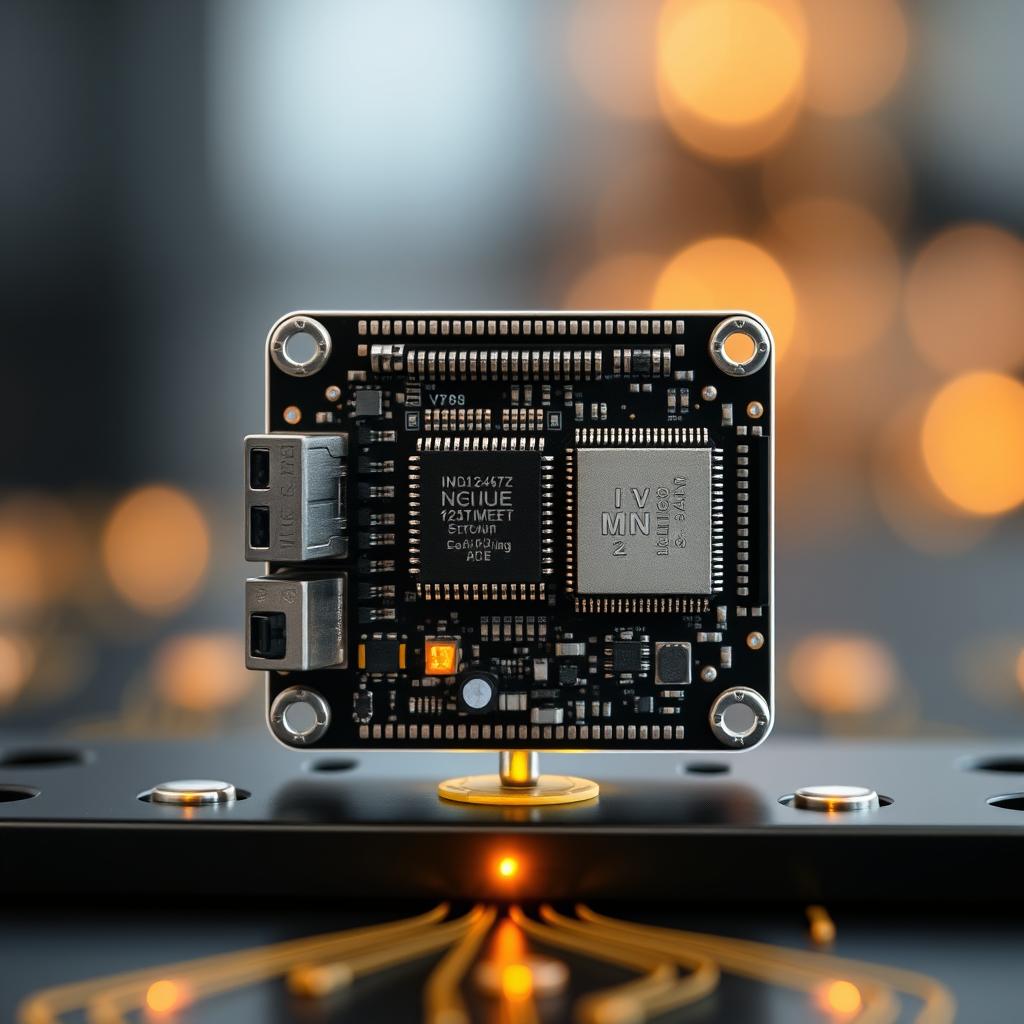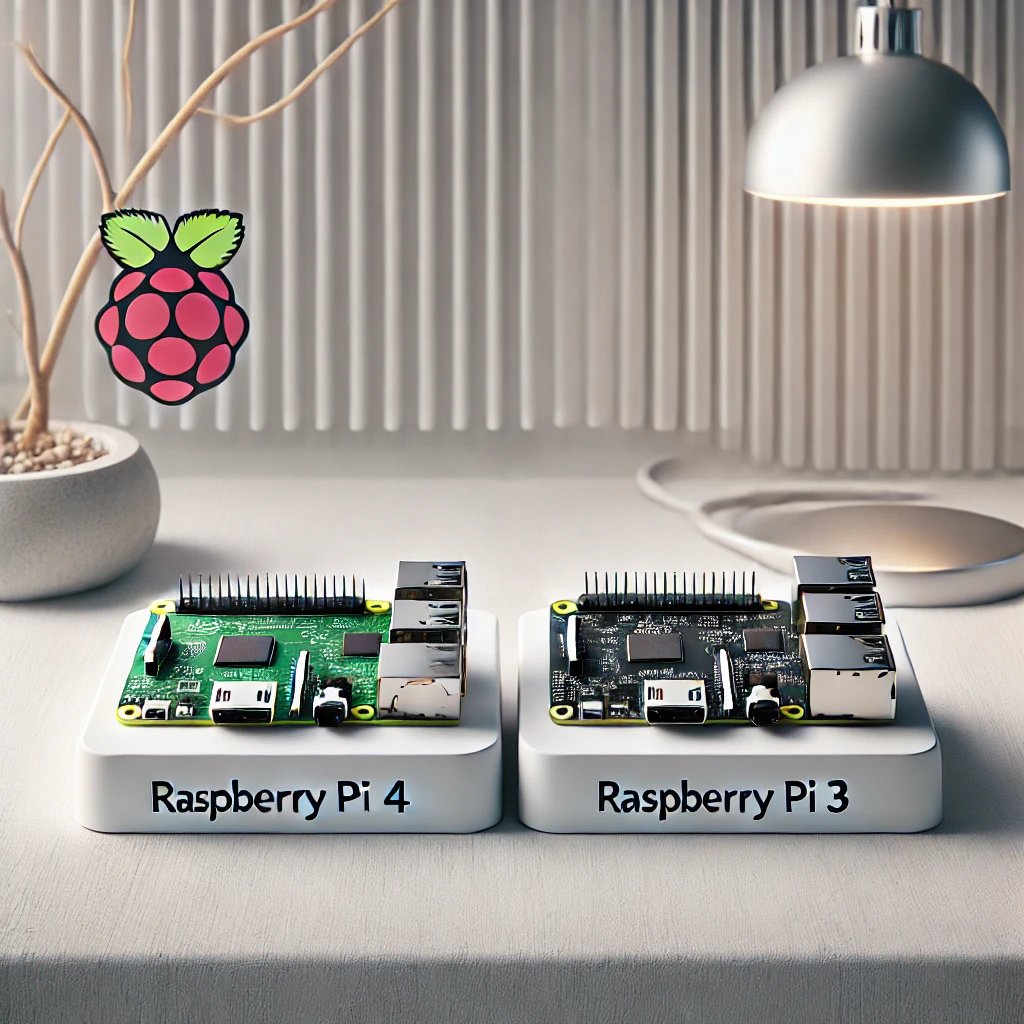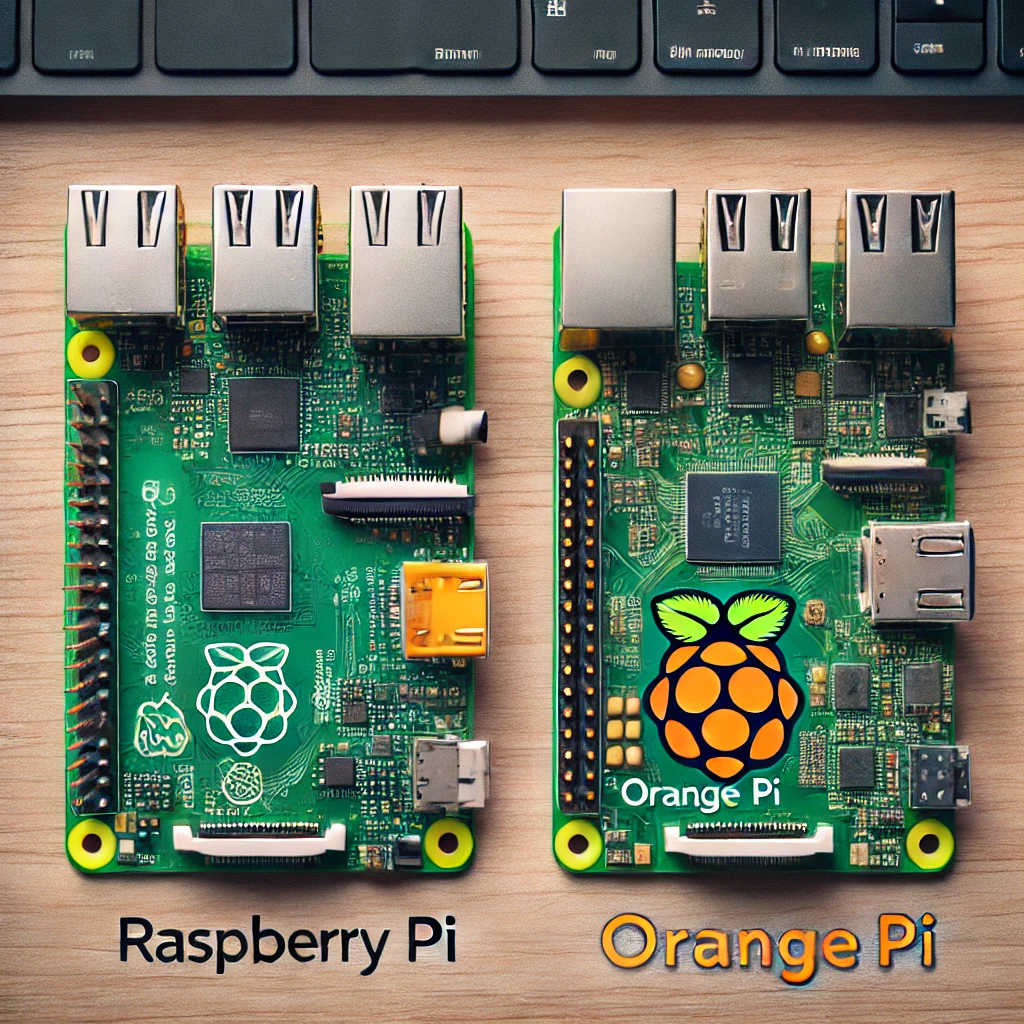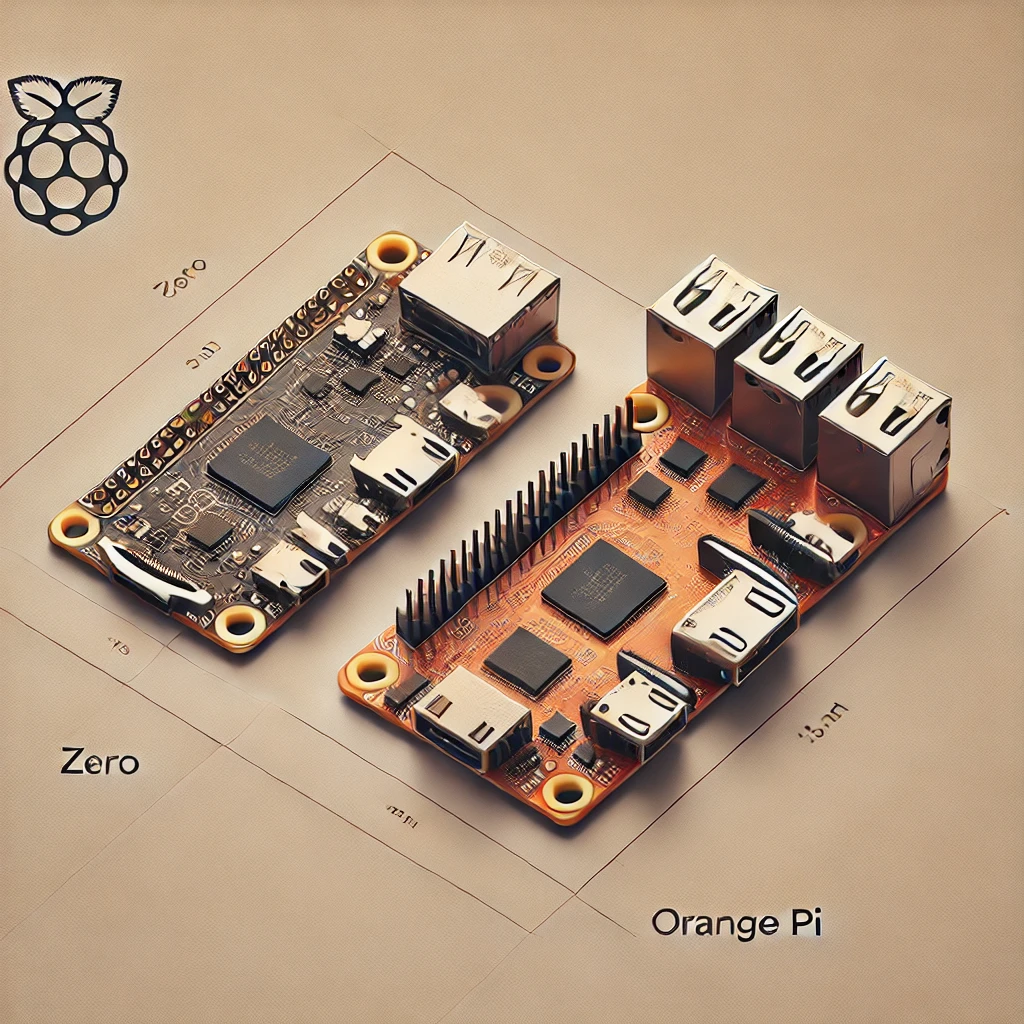Learn how Banana Pi serves as a powerful edge computing platform for IoT, offering real-time data analysis, machine learning capabilities, and improved network efficiency.
The rapid growth of IoT applications has highlighted the need for efficient edge computing solutions that can process data close to its source. Banana Pi is an exceptional choice for edge computing, offering a powerful, compact, and cost-effective platform capable of handling complex data processing tasks, running machine learning models, and providing real-time decision-making capabilities.
Why Edge Computing with Banana Pi is Crucial for IoT:
Edge computing allows data to be processed at the edge of the network, near the source of data generation, rather than relying on cloud-based servers. This reduces latency, minimizes bandwidth usage, and enhances data privacy, making Banana Pi an ideal platform for IoT applications that require real-time data analysis, such as autonomous vehicles, smart grid management, and industrial automation.
Banana Pi’s quad-core ARM Cortex-A7 processor, up to 2GB of RAM, and multiple I/O interfaces enable it to handle intensive data processing tasks locally. This allows it to act as a mini data center, analyzing sensor data, running algorithms, and making decisions without the need for constant cloud connectivity.
Implementing Real-Time Data Analysis and Machine Learning:
One of the most advanced applications of Banana Pi in edge computing is its ability to run machine learning models. Using frameworks like TensorFlow Lite, PyTorch, or Edge Impulse, developers can deploy pre-trained models on Banana Pi to perform tasks such as anomaly detection, predictive maintenance, and image recognition directly at the edge.
For example, in a smart city traffic management system, Banana Pi can process video feeds from multiple cameras to identify traffic congestion, detect accidents, and adjust traffic lights in real time. This reduces the dependency on cloud processing, allowing for faster response times and more efficient traffic management.
In industrial settings, Banana Pi can monitor equipment vibrations, temperature, and pressure data to predict potential failures. By analyzing this data locally, it can send alerts or trigger automated actions to prevent equipment breakdowns, reducing downtime and maintenance costs.
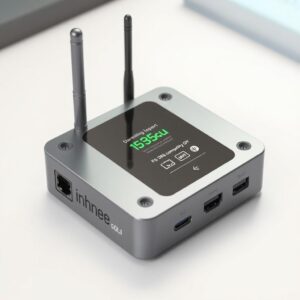
Data Aggregation and Preprocessing:
Edge computing with Banana Pi not only enhances data analysis but also improves data aggregation and preprocessing. Banana Pi can filter, clean, and compress data before transmitting it to the cloud, reducing the overall volume of data sent over the network. This optimization is particularly beneficial in scenarios where bandwidth is limited or costly, such as in remote mining operations or offshore oil rigs.
For instance, in a remote agricultural setup, Banana Pi can collect data from soil moisture sensors, weather stations, and crop monitoring cameras. It can preprocess this data, removing noise, normalizing readings, and transmitting only the most relevant information to a central server for further analysis.
Integration with IoT Gateways and Cloud Platforms:
Banana Pi can function as an IoT gateway, connecting multiple devices to cloud platforms such as AWS IoT, Azure IoT Hub, or Google Cloud IoT Core. This integration allows for seamless data transfer, device management, and scalability, enabling large-scale IoT deployments to leverage Banana Pi’s edge computing capabilities.
Security and Privacy at the Edge:
Processing data at the edge with Banana Pi enhances data security by minimizing exposure to potential threats during transmission. Sensitive data, such as health metrics or financial transactions, can be processed locally, ensuring that personal information remains private and protected from cyberattacks.

